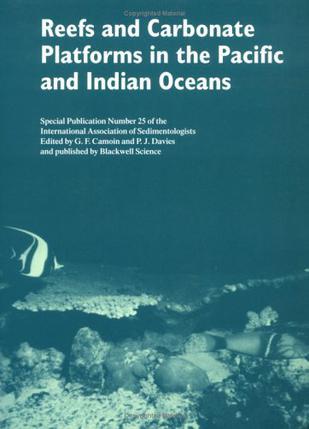The Materials of Carpets: A Deep Dive into the World of Carpeting
Carpets are more than just a decorative floor covering; they can also tell us about the culture and history of a place. This article delves into the world of carpeting, exploring the various materials used to create this versatile piece of art. From the traditional wool and silk to the more modern synthetic fibers, each material has its own unique properties and aesthetic appeal. This article also examines how these materials are combined to create stunning patterns and designs that can enhance any space. Whether you're looking to buy a new carpet or simply curious about the history and culture of carpeting, this article has something for everyone.
Carpets, a ubiquitous feature in homes and businesses, come in a wide range of materials that offer different aesthetic qualities, durability, and functionality. From traditional to modern, synthetic to natural, these materials contribute significantly to the overall look and feel of a carpet.
One of the most commonly used materials for carpeting is nylon. Nylon carpeting is known for its durability and resilience, making it a popular choice for high-traffic areas. It is also easy to clean and maintain, offering a cost-effective solution for busy families. However, nylon carpets may not be the best choice for individuals with chemical sensitivities, as they are often treated with stain resistors and other chemical agents.
Another popular material is polyester, which is known for its softness and durability. Polyester carpets are also easy to clean and are often chosen for their hypoallergenic properties. This type of carpet is a good choice for individuals with allergies or sensitivities to common household chemicals. However, like nylon, polyester carpets may require special treatment to prevent staining.

Natural fiber carpets, such as wool and cotton, offer a more environmentally friendly alternative to synthetic fibers. These natural fibers are biodegradable and often chosen for their luxurious feel and look. Wool, in particular, has excellent insulation properties and is often used in colder environments. However, natural fiber carpets may not be as durable as their synthetic counterparts and may require more frequent cleaning and maintenance.
Bamboo, a rapidly renewable resource, is becoming increasingly popular as a carpet material. Bamboo fibers are strong and durable, making them suitable for high-traffic areas. They are also resistant to bacteria and fungi, offering a more hygienic option than traditional carpet materials. The eco-friendly qualities of bamboo make it a sustainable choice for individuals and businesses that prioritize environmental responsibility.

Another sustainable option is recycled material carpets. These carpets are made from post-consumer waste, such as plastic bottles, and are then processed into fiber for use in carpeting. Recycled material carpets offer a way to reduce waste while also providing a unique and stylish option for consumers. However, the quality of these carpets may vary depending on the source material and manufacturing process.
Finally, there are silk carpets, which are often considered a luxury item due to their softness and elegance. Silk fibers are strong and resistant to staining, making them a good choice for high-end interior design projects. However, silk carpets may not be suitable for high-traffic areas due to their delicate nature, and they may also require special cleaning techniques.

In conclusion, the material chosen for a carpet depends on its intended use, location, and budget. Each material has its own set of benefits and drawbacks that should be considered before making a purchase decision. From synthetic fibers like nylon and polyester to natural fibers like wool and bamboo, there is a wide range of options available to suit every need and preference. For those looking for a sustainable option, bamboo or recycled material carpets may be a good fit. For those prioritizing softness and elegance, silk may be the best choice.
Articles related to the knowledge points of this article:
Title: The Art of Tie Selection: A Guide to Enhance Your Style
Title: The Art of Elegance: An In-depth Exploration of Yirads Tie Collection
Womens Short-Length羽绒服,时尚与保暖的完美结合
Title: Untying the Knots of Tie Wearage: A Comprehensive Guide to Untying a Tie
Title: Mastering the Art of Tie Knots: A Comprehensive Guide to Proper Tie Tying
Title: The Alluring World of Gucci Belts: A Comprehensive Guide to Price Ranges



